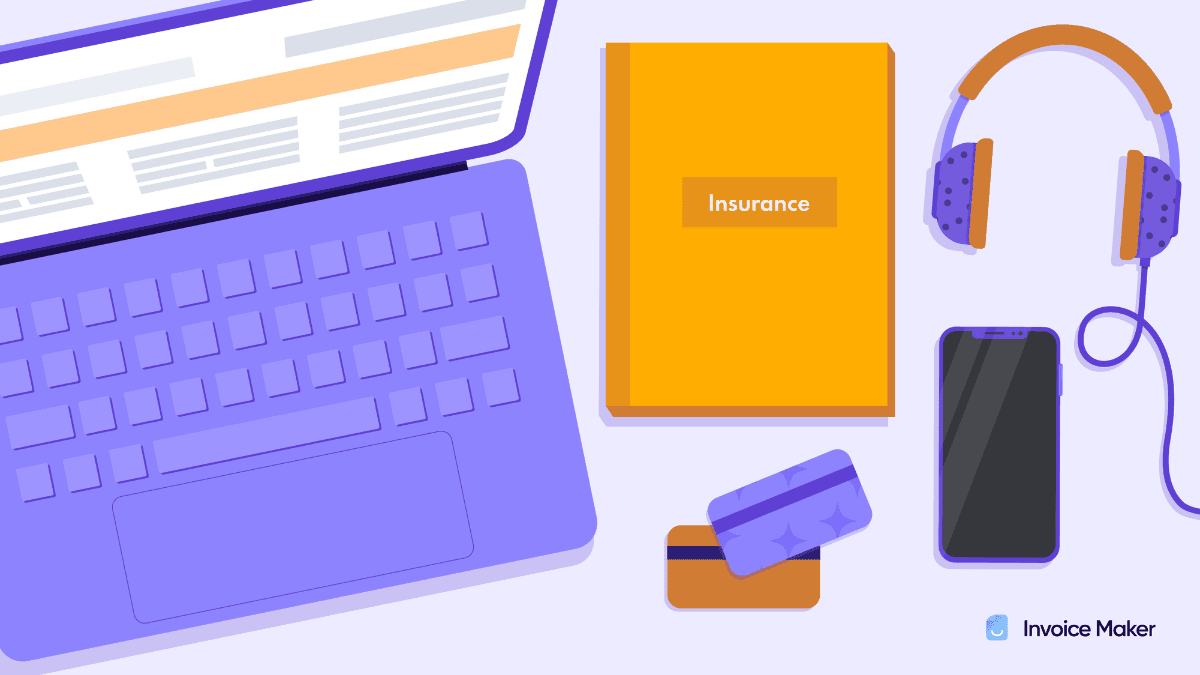Freelancing and Deposit Invoices: How to Invoice for Partial Payments
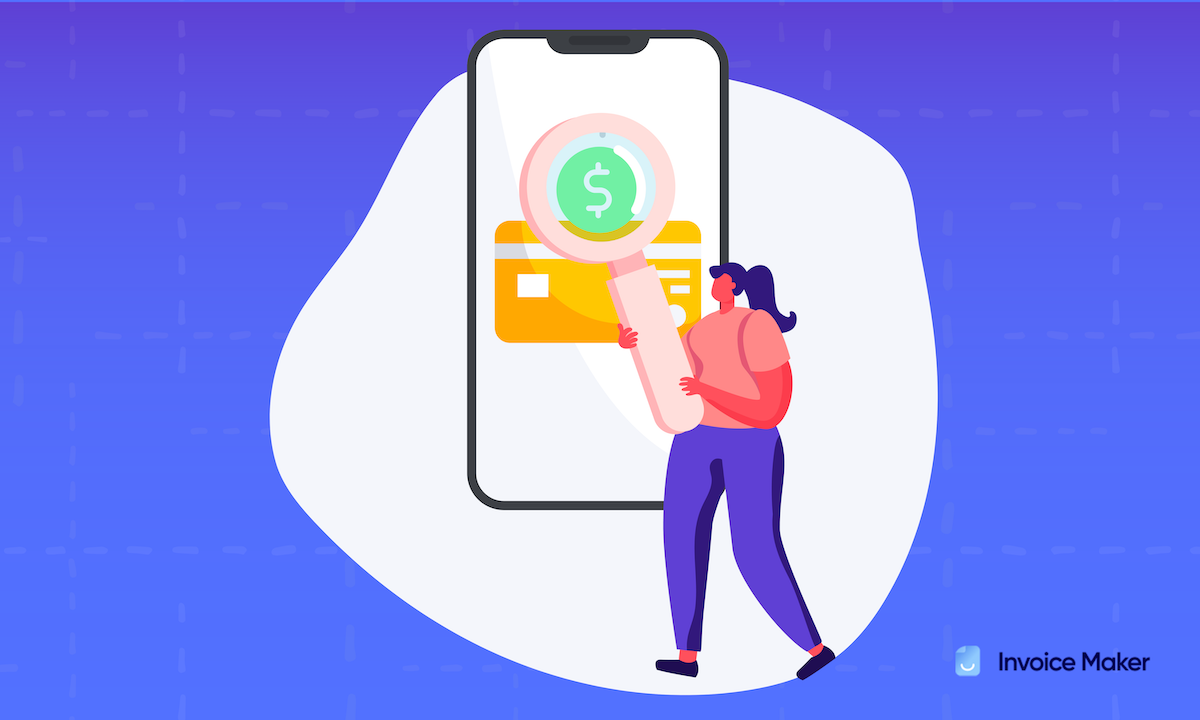
Collecting payment is one of the most sensitive aspects of being a freelancer. There’s no billing department to forward an unpaid invoice to—you are the billing department. Consider accepting or requiring partial payments to balance managing client relationships and paying your bills on time. Let’s walk through the skills and tools needed to communicate with clients and create effective deposit invoices.
Make a Free Invoice NowWhy Invoice for Partial Payments?
As it turns out, a few situations make partial-payment invoicing a smart move. This option can serve as a middle ground bridging the gap between your needs and your client’s—a win-win for everyone.
Say you’re about to start a large job. The client doesn’t want to pay in full before receiving their deliverables, but you don’t want to invest time and energy without some assurance of compensation. You also may need funding to purchase materials, hire subcontractors, or otherwise invest in the job. In this case, requesting an initial deposit serves everyone’s needs.
Partial payments also make sense for jobs that extend over a long time. If you’re working for a client for three months, waiting ninety days to receive any payment is unreasonable. Invoicing for progress payments, also known as installment payments, at specific milestones throughout the job’s timeline.
Unpaid Balances
In the unfortunate event that you end up with an unpaid balance, a partial payment invoice allows you to request payments on balances instead of waiting until a client can pay in full. We’ll touch on these in more detail later on.
Requesting Deposits
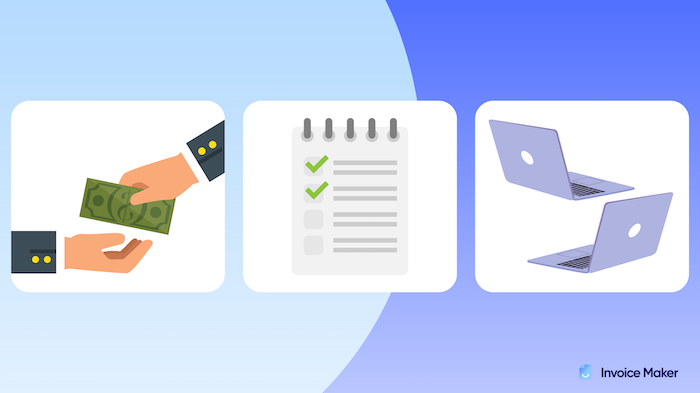
Deposits are valuable for many reasons. A lot of freelancers require them as a policy. Collecting a deposit protects you in a variety of scenarios. Deposits provide protection by securing partial compensation for work completed before receiving full payment. Let’s unpack some situations where a deposit is invaluable.
- When working with a new client, you have yet to learn about their business practices or whether they are 100% trustworthy. Maybe they have good intentions paired with a complete lack of organization, or perhaps their accounts payable representative recently quit, and their outgoing payments are backlogged. The point is until you develop a proven track record with a client, it’s safest to “assume the worst” and request a deposit.
- It’s precarious to lay out money for materials, subcontractors, or operational expenses. Collecting a deposit gives you the financial freedom to gather and hire the resources necessary to complete the job.
- When you are almost done with a job, and the client reaches out to expand the scope, you’ll be grateful if you collected a deposit upfront. Before continuing with the additional tasks, it might be wise to demand payment in full for the initially negotiated fee and renegotiate a new deposit and fee for the extra work.
Paying in Installments
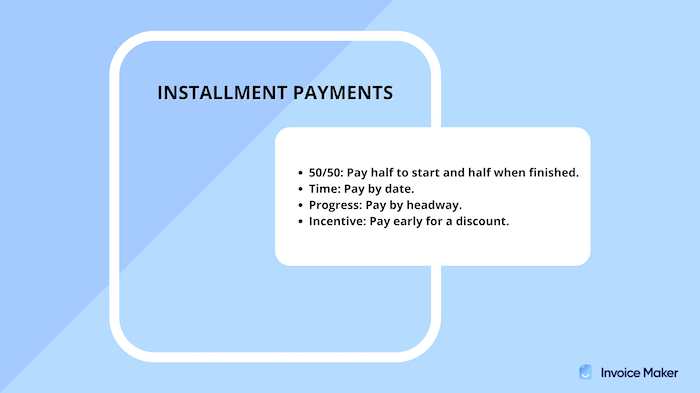
Building installment payments (also known as progress payments) into contracts is best practice for large jobs that take a long time or require focus on one client to the exclusion of others. Installments can follow a few customizable models:
50/50 Term
A simple way to split up payments is 50% to start the job and 50% upon delivery.
Time Installments
This installment model pegs payments to specific dates. After collecting an initial deposit, divide the time it will take to complete the job (in hours, days, weeks, months, etc.) by the number of installment payments you want to collect. For example, scheduling five installments for a two-month project can look like this:
- 20% deposit upfront
- 20% due on day 20
- 20% due on day 40
- 20% due on day 60
- 20% balance due on day 80/upon completion
Progress Installments
Progress installments align payment schedules with specific progress points over the timeline of a job. This model is popular in building and construction trades. It’s wise to choose progress points that mark clear phases of the project, so each payment is simpler to calculate along the way.
For example, a metalworker building a custom door might set up an installment sequence that goes like this:
- 40% deposit to begin building the door
- 20% progress payment upon completion of the door and initiation of installation
- 40% balance due upon completion of the installation
Incentivized Installments
If cash flow is a priority for you, incentivized installments can be helpful. With this billing model, you require the client to pay in full by a specific date but offer a discount on any amount they pay early.
For example, a web developer building a site for a client might set an initial deposit of 20% and a final payment deadline of thirty days from the start of the job. If the client pays 40% of the balance on day fifteen, the developer takes 10% off the 40% paid.
Accepting Partial Payments for Overdue Balances
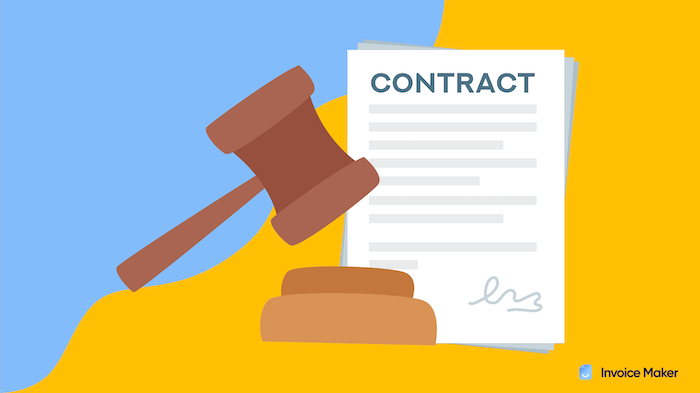
Unpaid invoices are a huge drag. They create extra administrative work, resentment, and stress. As a freelancer, you don’t have much recourse to force the collection of late payments. Contracts are legally enforceable, but only in court, and your late-paying client knows that and is banking on the court being too much of a hassle for you to collect. Finding a middle ground by offering partial payments can prevent you from getting totally scammed.
If a client owes $1,000, it might take a long time to get that balance paid, but if you agree to invoice them $100 a month for the next ten months, they might be willing to cooperate. In these instances, it’s up to you whether or not to charge a late fee. Like the contract, a late fee is legal but difficult to enforce.
Partial Payment Pros and Cons
There are upsides and downsides to accepting partial payments, so you want to be clear on which factors are priority for your unique business situation. And as with all things billing and client relations, it’s critical to be clear about your policy from the start of your work on any job.
Pros
- You’ll often get paid faster, as clients are less likely to be short on a small installment payment than they are for your whole bill
- Installment payments provide a steady flow of income over a long job, so you can cover payroll, pay taxes, buy materials, and handle other immediate expenses as they come in, saving you from having to lay out your own capital to run the job
- You may make your services more accessible to clients who don’t have a large reserve of cash at any given time, which has positive implications in terms of supporting other small businesses and marginalized business owners, and also widens your potential pool of clients
- By requiring a deposit and/or progress payments, you protect yourself from vulnerability to non-payment
Cons
- You may wait longer for your full payment since it’s a large amount for the client to get together
- Multiple payments mean additional invoicing, banking, and other administrative work for you
- Your workflow schedule may be affected by late progress payments–will you pause a job until you receive payment? Or continue in the hopes that your client will get back on schedule? Either way, it can get dicey.
- Compared to a client who pays up front, a client making progress payments is less financially “bought in” and thus more likely to attempt to adjust the scope of work or cancel the job midway
- You may end up having to chase payments, which is a drag for you and not great for client relationships
- Multiple payment contracts are more complex to enforce in small claims court, should it come to that
How to Create a Partial Payment Invoice
The nuts and bolts of creating a partial payment invoice are not so complicated. They do, however, require good bookkeeping and clear client communications. At the very least, always include the following information:
- Description of services rendered in exchange for payment;
- Payment schedule and terms;
- Typical payment terms are Net 7 (seven days to pay), Net 21 (21 days to pay), and Net 30 (Net 30 is standard for many small businesses and freelancers);
- Percentage of total fee included in the invoice; and
- Total fee.
Here’s a good rule of thumb to follow: a person who is not familiar with the job should be able to ascertain how much the client owes when payment is due, what they are paying for, as well as what aspects of the job are still outstanding and how much of the total fee the client still needs to pay.
Getting Your Money
At the end of the day, you want your clients to be happy, your books to be clean and reconciled, and your income to flow steadily. Payment bottlenecks, invoicing errors, and unpaid balances are the triangle of death for a freelance business, so abide by these guidelines to steer clear of it.


